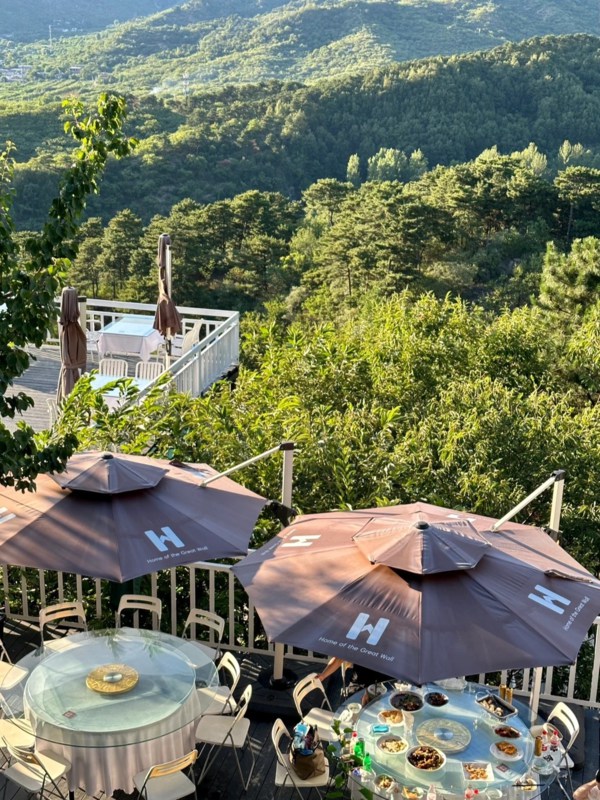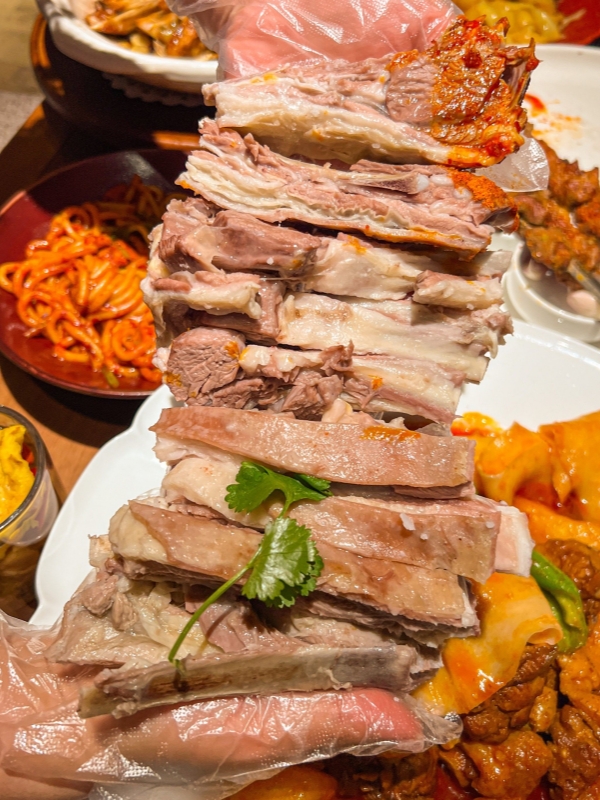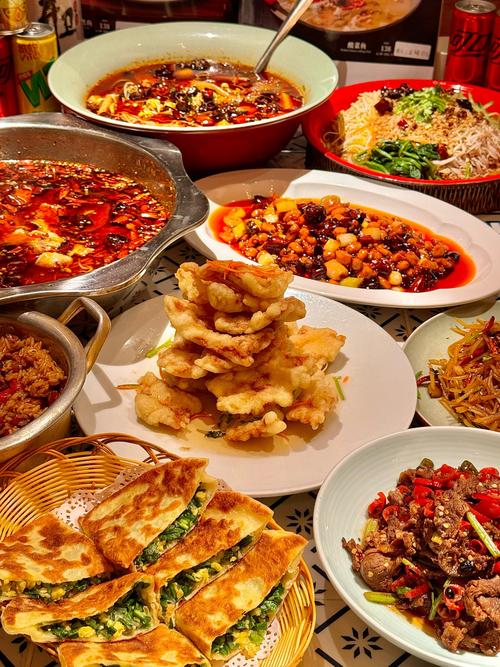The drink that accompanies every plate of dumplings or every spicy noodle bowl eaten in China is, more often than not, one of its healthy tea traditions from bebidas chinas. A pot of restorative red tea in the midst of a fiery Sichuan hotpot, or perhaps ice‑cold sour plum juice that cools and soothes on a sweltering summer day—these are not just thirst‑quenchers, but infusions crafted to balance the body and tell their own quiet stories. They sit silently beside the food, carrying with them centuries of health wisdom.
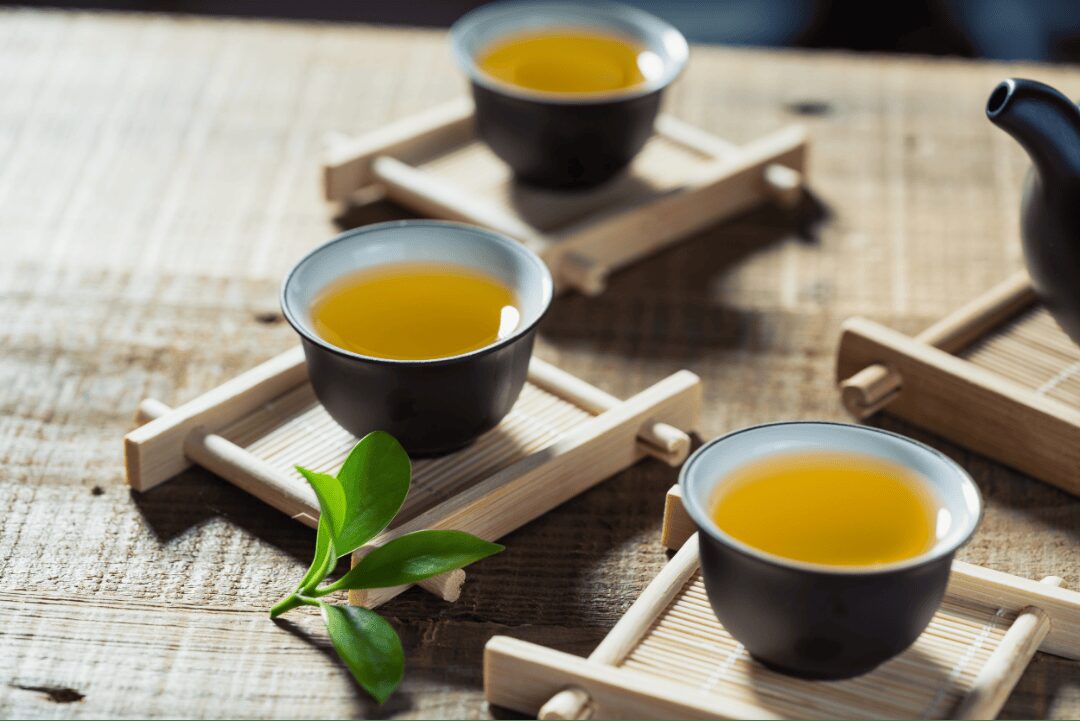
Healthy Traditional Drinks from China – Bebidas Chinas
Bebidas Chinas: The Quiet Habit That Fuels a Nation
The day’s first sip of lǜ chá (green tea) is China’s most loved, although it’s taken as a matter of course. It’s hardly possible to walk a few blocks in China without seeing someone carrying a glass bottle with a pale green liquid swirling inside. This is lǜ chá—green tea—the country’s quiet mainstay of everyday existence. It will be on office desks, in train stations, and even tucked under the driver’s seat. It’s not luxurious—just leaves and hot water—yet it has had centuries upon centuries to cast its habit.
The taste? Light, grassy, maybe a little bitter at the end. If you’re used to peppermint tea back in the US, think less “herbal candy” and more “spring garden after rain.” Locals say after a cup, it awakens the soul gently, without the jitters of coffee or energy drinks.
Yes, you can get it anywhere: a bottle from FamilyMart for a few yuan, or loose leaves from a small tea shop hidden behind Guangzhou’s Shangxiajiu pedestrian street. It’s not about brands. What matters is that first sip—the warmth as the bitterness softens and you feel… maybe not alive all of a sudden, but a little more awake than 30 seconds ago.
1. Lǜ Chá (Green Tea) – China’s Most Loved Daily Sip

Lǜ Chá (Green Tea)
It’s hard to walk more than a few blocks in China without spotting someone with a glass bottle, pale green liquid swirling inside. That’s lǜ chá, green tea, the country’s quiet workhorse of daily life. You’ll see it in office desks, train stations, even tucked into a driver’s cup holder on the highway. It’s not fancy—just leaves and hot water—but it carries centuries of habit.
The taste? Light, grassy, sometimes a hint of bitterness that lingers. If you’re used to peppermint tea back home, think less “herbal candy” and more “spring garden after rain.” Locals say it wakes you up gently without the jitter of coffee, which might explain why my Shunde Airbnb host brewed a fresh pot every morning before even checking her phone.
And yes, you can find it anywhere: grab a bottle from FamilyMart for a few yuan, or splurge on loose leaves from a small tea shop tucked behind Guangzhou’s Shangxiajiu pedestrian street. Either way, it’s not about the brand—it’s about that first warm sip, when the bitterness softens and you feel… well, a little more awake than you were a moment ago.
2. Hóng Chá (Red Tea) – The Restaurant Classic

Hóng Chá (Red Tea)
Walk into almost any Chinese restaurant—whether it’s a tiny dumpling shop in Foshan or a trademark restaurant on Beijing’s Culture Avenue—and before you’ve even looked at the menu, there’s a good chance a pot of hóng chá will already be sitting on your table. It’s rarely charged for; it’s there to clear the palate, to wash down the rich dishes, rather than to steal the spotlight.
The flavor? Full-bodied, with a malty edge, and sometimes a faint citrus note. If you’re used to Earl Grey, imagine it stripped of its perfume—warmer, calmer. I once paired it with a spicy Hunan fish stew, and the way it cooled the burn in my mouth felt almost surgical.
You can drink it free in most restaurants. But if you want your own, pick up a bottle from Heytea or Mixue Bingcheng, or grab a cheap one at 7-Eleven. Honestly, the best way to enjoy hóng chá is still at a crowded round table, chopsticks clinking, steam rising from shared dishes, and someone quietly topping up your cup before you notice it’s empty.
3. Pǔ’ěr Chá – Yunnan’s Aged Treasure
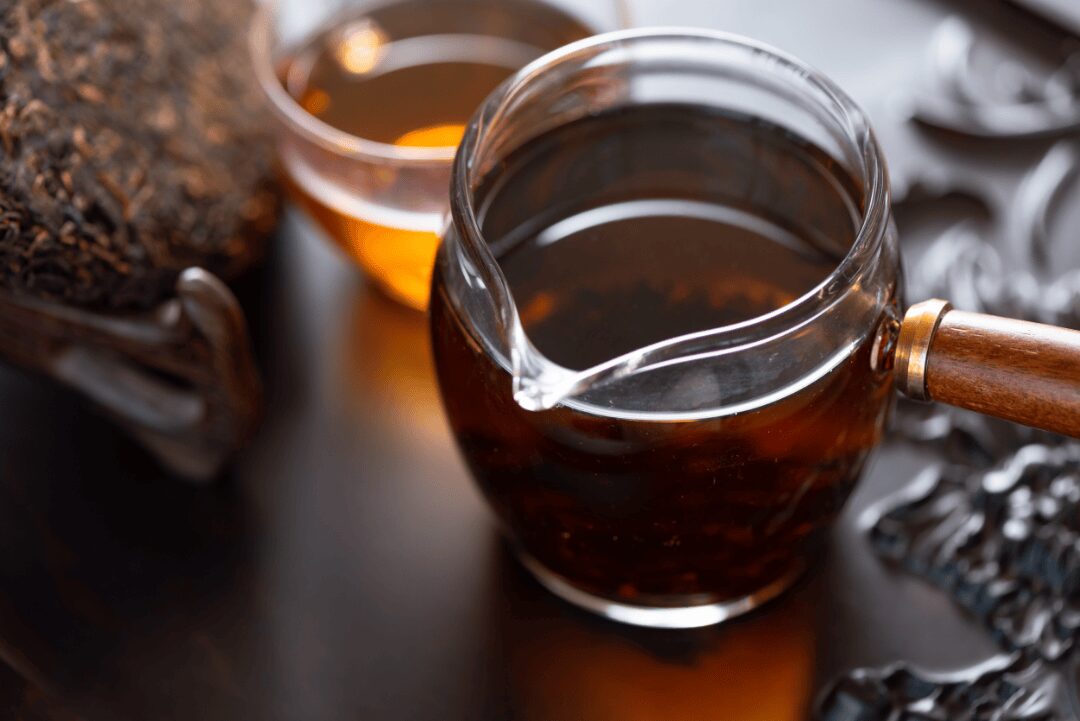
Pǔ’ěr Chá
The first time I tried pǔ’ěr chá was in a tea shop tucked behind Nanqiang Street in Kunming. The owner pulled out what looked like a pressed cake of dark leaves—honestly, it could have passed for an old chocolate cake. He broke off a chunk, dropped it into a clay pot, and poured boiling water over it. The aroma came first: earthy, damp, like summer rain on soil.
Pǔ’ěr isn’t like green tea. It’s deep, full-bodied, and almost smoky. Locals talk about it like wine—they’ll tell you which year’s batch “has more body” or how one “opens up in the third steeping.” I sipped slowly, tasting it change from bitter to mellow sweet, like a story told in chapters.
You can find it anywhere in Yunnan tea markets, and even supermarket versions have their fans. In Guangzhou, check out Tenfu Tea—they’ll let you sample before you buy. Take a small cake home; once you’ve had that slow, aged depth, regular tea feels a bit flat.
4. Bubble Tea – Taiwan’s Sweet Gift to Modern China
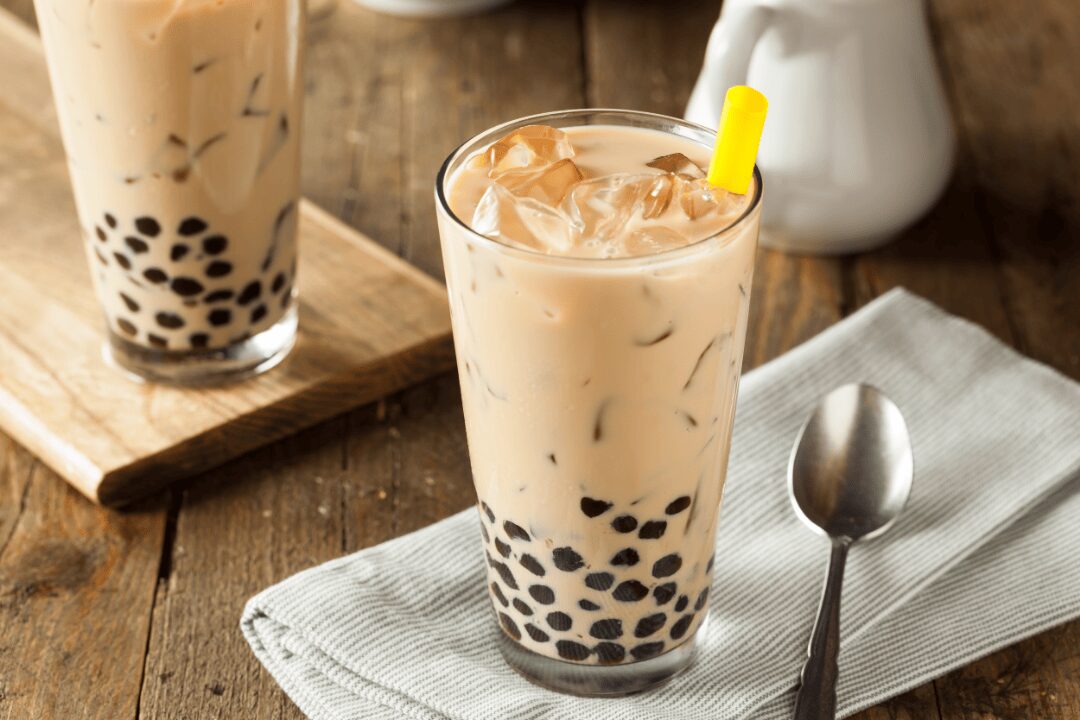
Bubble Tea
You’ve probably seen bubble tea in your own city—plastic cup, fat straw, dark pearls bobbing at the bottom. But drinking it in China feels different. My first was at Heytea in Shenzhen, the line spilling onto the sidewalk even at 3 p.m. The wide straw delivered sweet, creamy tea followed by the chewy bounce of tapioca.
It’s not a quiet drink. Each sip is a mix of textures—cold liquid, soft pearls, maybe a crunch if you try the cheese-foam version. Kids treat it like a snack; office workers like an afternoon pick-me-up. A student once told me she sometimes skips lunch for bubble tea: “It’s faster and more fun.”
Now you can find it everywhere: Naixue’s Tea, COCO, even tiny corner stands with their own twists. Purists may call it dessert, but it’s firmly part of modern bebidas chinas culture. Some drinks slow you down—bubble tea makes you take the long way home.
5. Dòu Jiāng (Soy Milk) – The Comfort of a Chinese Breakfast
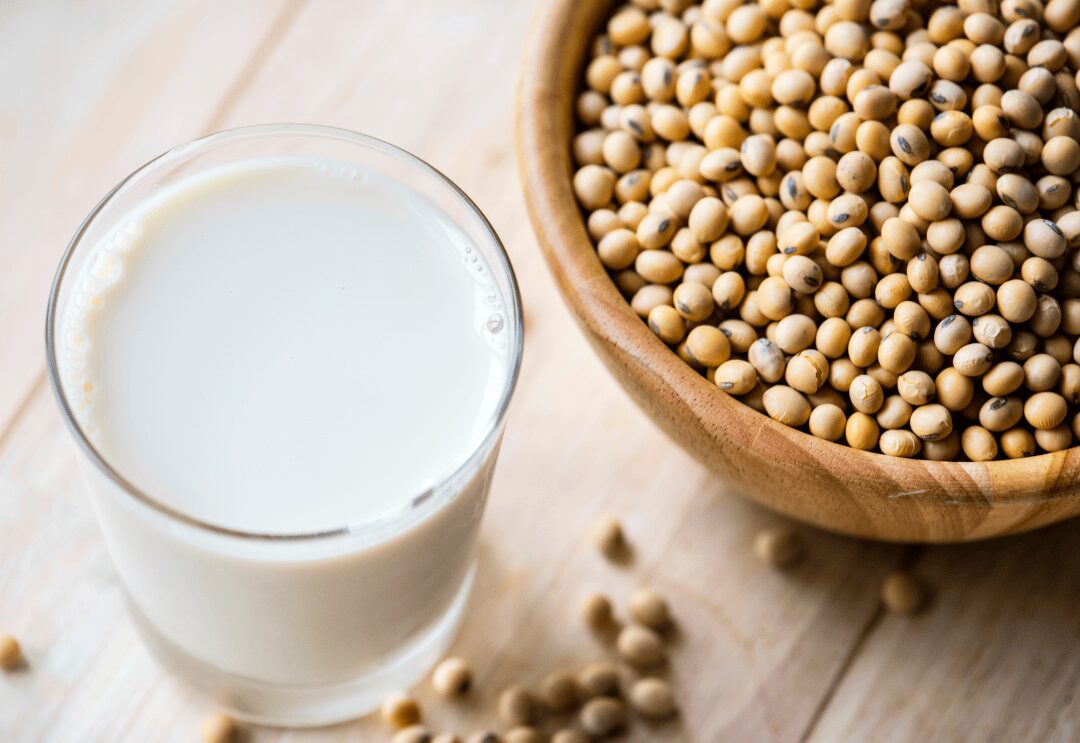
Dòu Jiāng (Soy Milk)
In China, mornings often start with the hiss of a soy milk machine and the smell of fried dough curling through the air. Fresh dòu jiāng is nothing like the almond-flavored carton soy milk you might grab in your own country—it’s thicker, richer, and almost always served warm. The first sip is nutty and mellow, like an almond latte without the coffee kick, and it somehow feels like it belongs to the morning itself.
Traditionally, it comes paired with yóutiáo—long, golden strips of fried dough you can dip straight into the cup. At Yonghe Soy Milk in Guangzhou, I’ve watched sleepy office workers and schoolkids juggling paper cups and greasy paper bags, sipping as they hurried to the metro. It’s not trendy, but it’s as comforting as pulling on your favorite sweater.
You don’t have to search hard for it—FamilyMart sells bottled versions, and many supermarkets have grinders for fresh soy milk on the spot. But the magic is really in visiting a breakfast shop at dawn, when the streets are just waking up and the soy milk is still steaming from the pot.
6. Suan Mei Tang (Sour Plum Drink) – Sweet-Tart Summer Refreshment
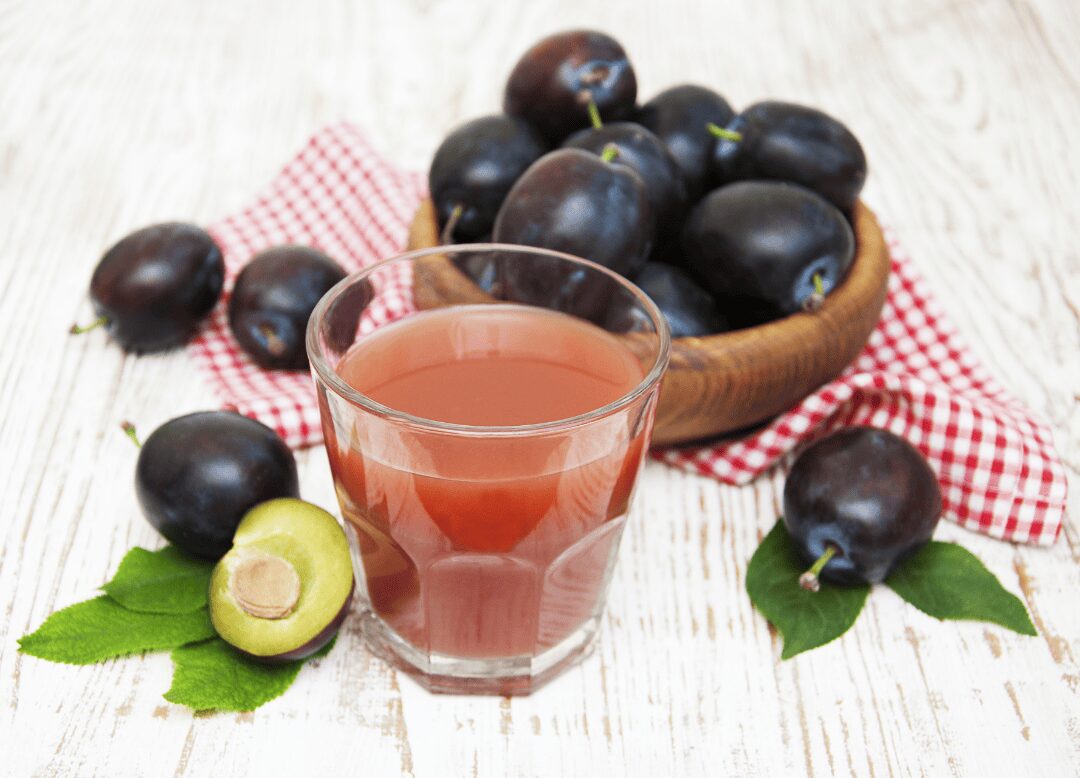
Suan Mei Tang (Sour Plum Drink)
On a blazing hot afternoon in Beijing, when the air feels heavy enough to drink, nothing cuts through the heat like a frosty cup of suan mei tang. This classic favorite among bebidas chinas has been brewed for centuries from smoked plums, licorice root, and a few other herbs. The first sip hits with a tangy punch—sweet, tart, and a little smoky—before settling into something almost medicinal and deeply refreshing, the kind of taste you grow to crave in summer.
I once bought a plastic cup from a street vendor near the Temple of Heaven, condensation dripping down my hand. Locals were sipping slowly under the shade, chatting like they had nowhere urgent to be. It reminded me of a sour cherry drink I once had in Eastern Europe, but denser, richer, with that herbal whisper at the end.
You can find suan mei tang bottled in most supermarkets, often right next to iced teas. But if you see it served fresh in a northern tea house or poured into a clay jug at a restaurant, don’t pass it up—it’s at its best when freshly made and served over ice.
7. Wang Lao Ji Herbal Tea – Cooling in Traditional Medicine
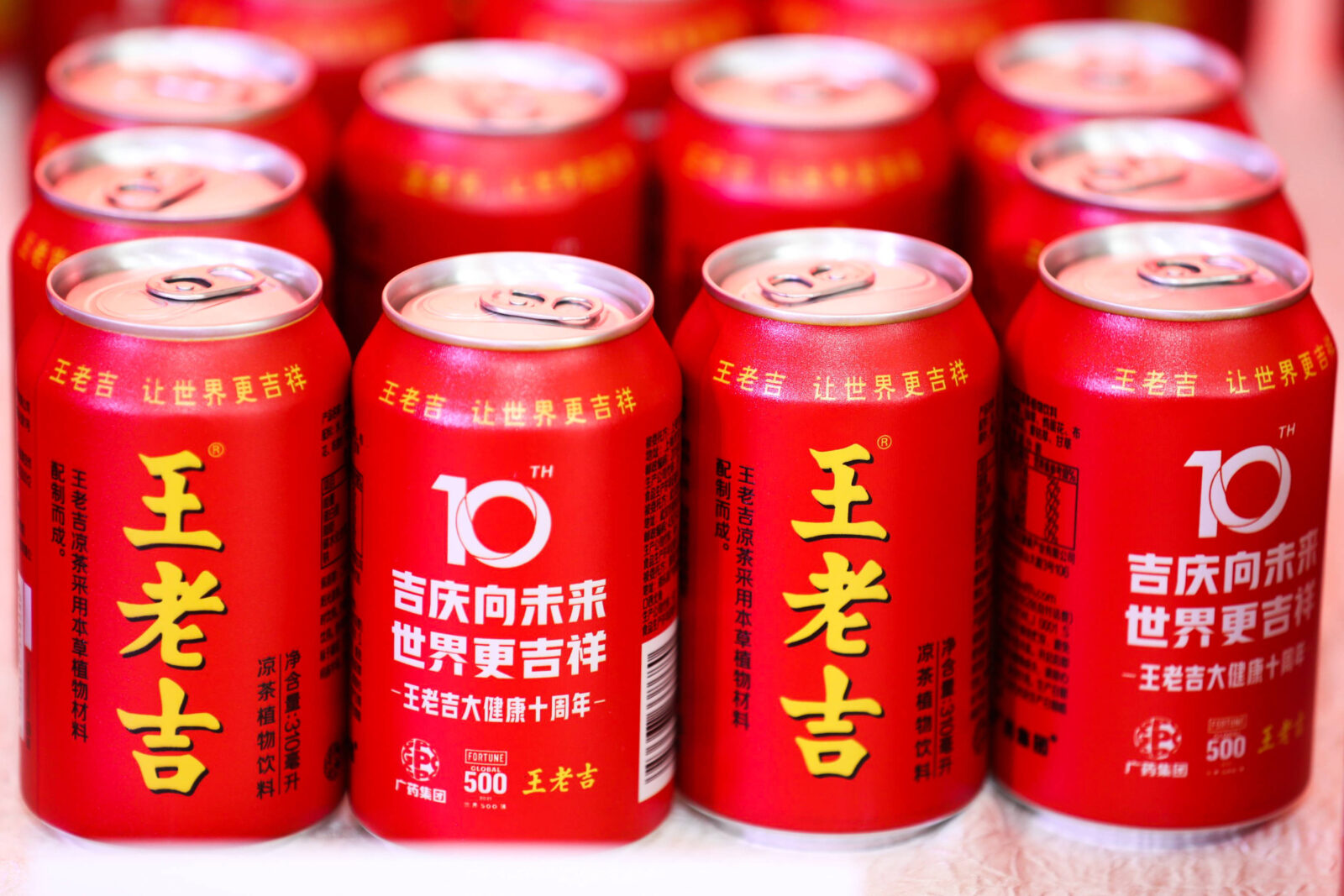
Wang Lao Ji Herbal Tea
Head south to Guangzhou, and you’ll feel the kind of humid heat that clings to your skin. Locals swear by Wang Lao Ji, one of the most famous bebidas chinas, a canned herbal tea that’s been around for over a century. It’s not “tea” in the usual green-or-black-leaf sense—it’s brewed from herbs, flowers, and roots meant to “clear internal heat,” a concept from traditional Chinese medicine.
The taste starts sweet, then turns lightly bitter, with a faint herbal aftertaste. I remember buying a cold can from a FamilyMart near Shamian Island, sipping it as I strolled along the Pearl River. It was refreshing—not in the lemonade kind of way, but more like your body slowly cooling from the inside out.
You’ll see it everywhere: supermarkets, convenience stores, and even restaurants. Some people drink it daily in summer; others keep it for those truly sweltering days when you just need a reset. On a humid Guangzhou afternoon, one cold Wang Lao Ji can feel like hitting pause on the heat.
If you’re curious to dive deeper into tea culture, check out this site!
Frequently Asked Questions (FAQs)
Q: Is it common to add sugar or milk to traditional Chinese teas?
Not usually. In most of China, traditional teas like green tea, pu’er, or red tea are served plain—no sugar, no milk. The idea is to taste the natural flavor of the leaves. Sweetened milk tea exists, but it’s a different category (think bubble tea). Among bebidas chinas, if you add sugar to a good pot of Longjing, you’ll probably get some puzzled looks from locals.
Q: Can I bring Chinese tea or drinks back home in my luggage?
Yes, but with some tips. Loose-leaf tea travels well if sealed tight, and pu’er tea cakes are especially easy to pack. Bottled drinks like herbal tea or sour plum juice can be heavier, so wrap them well in checked luggage to avoid leaks. Just check your country’s import rules—some are picky about plant products.
Q: Are there caffeine-free traditional Chinese drinks?
Absolutely. Herbal drinks like Wang Lao Ji, chrysanthemum tea, or goji berry infusions have no caffeine. Sour plum drink is also caffeine-free. These caffeine-free favorites are part of the wider world of bebidas chinas, popular with people who want something refreshing but don’t want to stay up all night.
Q: Do traditional drinks change with the seasons in China?
Yes. Hot green tea and pu’er are common in colder months, while sour plum drink and chilled herbal teas dominate summer. Some drinks, like soy milk, stay year-round but might be served hot in winter and cold in summer. The shift often follows traditional Chinese medicine’s idea of balancing the body with the seasons.
Q: Where can I learn more about the culture behind these drinks?
Tea houses are the best starting point. Many will let you try different brews while explaining their origins. In bigger cities, some museums have sections on tea culture—like the China Tea Museum in Hangzhou. Even chatting with a shop owner in a small market can give you stories you won’t find in guidebooks.
